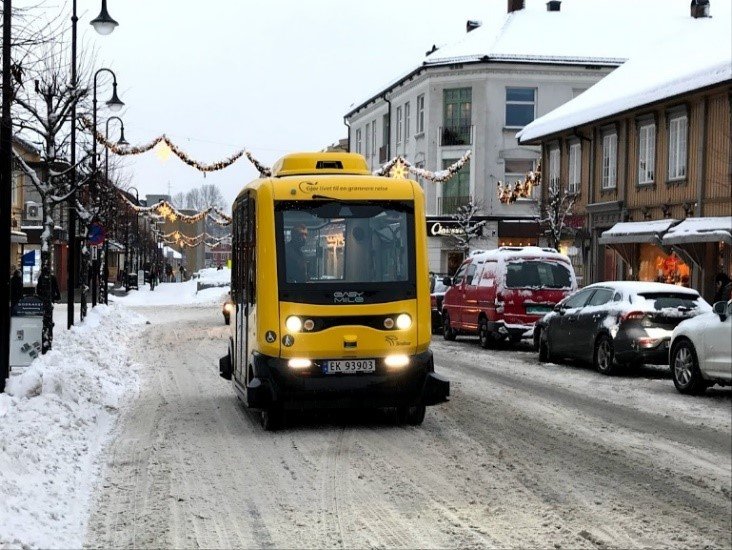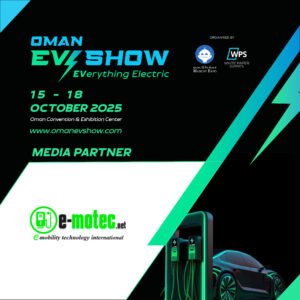Pioneering electric mobility: How Norway charged ahead

By Eli Wærum Rognerud, Senior Export Advisor at Innovation Norway France As explorers, fishermen and sailors, Norwegians have a long tradition of using renewable energy for transportation. Today Norway is pioneering electric mobility with solutions for smart charging, autonomous driving and zero-emission ships. The transport sector accounts for more than a quarter of all greenhouse gas emissions globally. Smarter and more efficient transportation systems are therefore key to reaching the climate goals – and to building sustainable societies. In Norway, that transition is well underway, and it’s happening fast. Five years ago, only five percent of the cars sold in Norway were electric. In March 2019, fully electric cars (BEVs) accounted for nearly 60% of all new car sales. Yet political ambitions go further. The Norwegian Parliament recently passed a bill aiming for all new private cars, city buses and light vans to be zero-emission vehicles by 2025. “Norway shows the whole world that fully electric cars can replace petrol and diesel cars and become an important contribution to combat CO2 emissions, and to clean up the air” says Christina Bu, Secretary General of the Norwegian EV Association. The association represents more than 70,000 Norwegian EV owners, and underlines that the engagement of ordinary people have helped drive the Norwegian EV revolution – along with an ambitious policy package. In Norway, new electric vehicles are exempt from 25% VAT. EV owners also receive significant reductions on road taxes, toll roads, parking and ferries. For ordinary consumers therefore, going electric makes both environmental and economic sense. Electric trucks, buses and airplanes The heavy-duty transport sector follows suit. Electric cement trucks, electric caterpillars and buses can be spotted on Norwegian roads. With the catchy concept “Highway to EL”, waste and recycling company Ragn-Sells portrays themselves as “living proof that caring for the earth and good business go hand in hand”. Ragn-Sells’ electric waste collection truck first hit the roads of Oslo in the summer of 2017, and several cities are currently electrifying their waste transportation systems. ASKO, Norway’s largest grocery wholesaler, have ambitions for emission-free food delivery within few years. Similarly, the airport operator Avinor has also invested in 50-tonn electric trucks to transport waste from Oslo airport. An investment, by the way, that Avinor considers a small step towards their overall goal: electrifying national flights by 2040. Air transport is notoriously one of the most difficult sectors to electrify, and long-haul flights are still a long way off. But more than 20 regional services in Norway could already be made electric with today’s technology and many more are expected to follow in the coming decades. Smart charging Government policy and strong political will are key ingredients in the Norwegian EV story. Underpinning these developments are also numerous companies offering innovative solutions for fast charging and grid balancing, last mile distribution, smart city development and urban planning. Zaptech is one example of how electrification has accelerated new technology. The ZapCharger system can be used for any type of EV and can charge up to 100 cars on a single circuit per day. The system handles both slow and fast charging simultaneously, thereby optimising power use while preventing grid imbalance. Meshcrafts, another Norwegian company, develops software for e-mobility that integrates concepts of smart city, smart grid and smart transportation. Interestingly, energy companies and grid operators are also investing in charging and EV infrastructure as ways to diversify their portfolios and “stack value”. In 2016 for example, European hydropower giant Statkraft invested in the EV charging station operator Grønn Kontakt (Green Contact). Tibber, a fully digital electricity company, is using meter data and advanced algorithms to reduce your electricity bill – and charge your electric car when prices are the lowest. Future of the fjords: electric and hybrid shipping It is at sea, however, that some of the greatest strides are being made by Norwegian companies. As a seafaring nation, Norway has the world’s eighth largest maritime fleet. In 2014 the country built the world’s first electric ferry, named Ampere and dubbed “the Tesla of the Sea” by the New York Times. The world’s first electric fishing boat came a year later, and the world’s first electric and autonomous container ship MS Yara Birkeland will be delivered in 2020. Hybrid and electric sightseeing ferries and explorer ships make headlines with innovative technology and design – and promise to cut emissions significantly in the tourism industry. As with electric vehicles, the Government has taken an active role in “greening“ maritime transportation. Any procurement of public ferries has since 2015 included requirements for low or zero-emission technology, and the Government is aiming to cut emissions from the near-shore fleet completely by 2050. “This target can only be met if Norway’s domestic shipping industry takes its share of the cuts,” director of the Green Coastal Shipping Programme, Narve Mjøs, said in an interview with The Explorer. The Green Coastal Shipping Programme is the result of a public-private partnership counting 45 participants and was established with the aim to revolutionise the way coastal shipping operates. “There is widespread acknowledgement that broad-based, effective collaboration is essential to achieving good, rapid results,” Mjøs told The Explorer. The collaboration has already borne fruit. Fifteen large-scale pilot projects have been launched thus far, including two green ports, one project for LNG/VOC/battery-powered shuttle tankers, a hydrogen-powered speed boat, a bunkering vessel, and finally, two autonomous, zero-emission vessels. These projects are important steps to making Norwegian domestic shipping greener. Seven of the 15 pilots have been implemented or are under construction, and five were started up in 2018. Norway has also signed agreements for approximately 40 battery-powered ferries, with additional investments of roughly NOK 2 billion in battery and charging technology, and more to come. By 2021, there will be 70 all-electric and hybrid ferries in total. Autonomous solutions Perhaps most notably, these ambitious goals and projects have driven innovation across industries and sectors. Norway hosts some of the world’s most advanced pilot projects for autonomous transportation, both at land and at
Automated Driverless Electric Minibuses as Part of the Public Transport Chain

Kongsberg is one of the most important industrial cities in Norway with global leading high-tech industry within industries as autonomous systems, space, maritime, subsea, defence, aviation, automotive, energy and logistics. The Kongsberg Municipality has 27 500 residents and 25 000 living in the city of Kongsberg. Kongsberg is a compact city where most people live in and around the city, mainly in small houses and detached houses. The city is divided by the river Numedalslågen. Close to the city center is the high-tech industry park with almost 7 000 employees. The region around Kongsberg has about 75 000 residents. There are people commuting to work in Kongsberg from a large region from Oslo to Porsgrunn. Work and leisure trips within Kongsberg and to and from Kongsberg take place largely by car. Internal transport in the city is supplemented with walking and cycling. Although Kongsberg is a compact city with short distances, the road structure and topography makes it unattractive to use public transport for internal transport and for work trips to and from the city. This means that there are more than 4 000 parking spaces in the technology park, and large parking facilities in the city centre. There are few passengers on the city buses and considerable potential for getting a large volume of travel to and from work in Kongsberg on the train / bus. These are common challenges in Norway and The Nordics for cities such as Kongsberg. The Kongsberg Municipality is a partner in the Interreg Sohjoa Baltic project, that researches, promotes and pilots automated driverless electric minibuses as part of the public transport chain, especially for the first/last mile connectivity. From our experiences so far we see a great potential for automated first/last mile services, but there is a need to develop further for flexibility, integrated with other transport services, and to develop sustainable business models both for service providers and users. We see also a great potential for autonomous services related to parcel and goods deliveries in the urban area, both in relation to companies and to private individuals / e-commerce. The testing that is now taking place at Kongsberg is a collaborative project between Kongsberg municipality, Applied Autonomy, Nettbuss, the Norwegian Public Roads Administration and Brakar. The bus has been in route in Kongsberg’s streets from 13 October. The plan is to continue in May this year. The bus runs a pre-programmed route and stops at stops along the route where passengers can get on and off. During testing, there is always a host on board that can override the automatic operation. – We drive in narrow streets with street parking and goods delivery. There are busy streets, I think it has exceeded all expectations, says Madland. For Madland, the link between industry and sustainability is important. – It is the next generation transport system we are working on here, in a very, very early phase. This is not just a technological thing, this is the start of the reorganization of a transport system which today is very much based on people in private cars, which will not be sustainable in the 2035 perspective. We must find new solutions, otherwise it will be impossible for people in the buildings, he says. – The bus is part of a project in a larger project portfolio during a collaboration. We have projects on operation and maintenance, on goods delivery and bus. We try to look at these a little bit towards how to look at cities and sustainable mobility. No one could do this project alone. It is that we do it jointly, which means that we get so good results. Applied Autonomy delivers knowledge, solutions and services for autonomous transportation. The company offers services for operation and implementation of pilots, tests and operations of autonomous vehicles. In accordance, Applied Autonomy develops necessary control systems that will help implementing autonomous traffic for the future. Applied Autonomy develops necessary control systems that will ensure safe implementation of autonomous vehicles in public traffic. This secures Applied Autonomy’s customers a unique position and helps them to be at the forefront within autonomous transportation.





